17 December 2021
This is the Comunidad Campesina Morrope where Naturtex’s Dr James Vreeland (who sent APLF this information) started the Native Cotton project in 1977 in the Sechura desert of northern Perú.
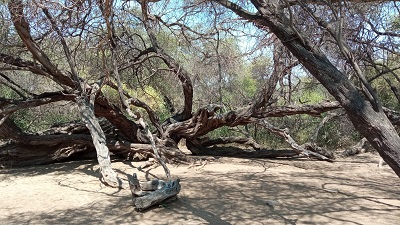
Ancient Carob tree
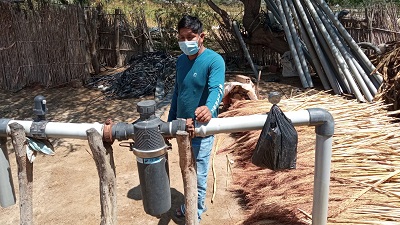
Artesian well
In this desert setting water is very precious and may only arrive a few times a year from rains in the distant Andes mountains. As a result of this shortage, some small farmers install simple pumps in their artesian wells to supplement scarce irrigation water
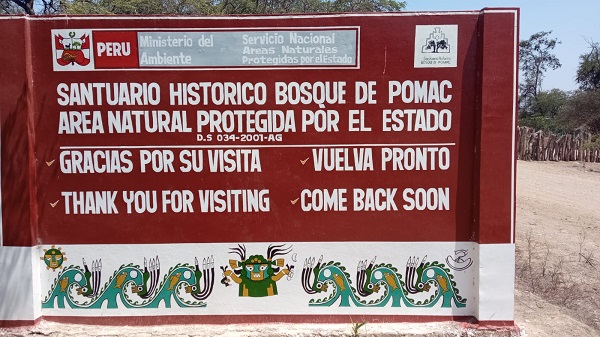
Entrance toPomac Forect Sanctuary
To improve the situation modern concrete irrigation ditches are constricted and carry just one tenth of the volume of water provided by their 2000-year-old predecessor which have now been now abandoned in the course of rural modernization
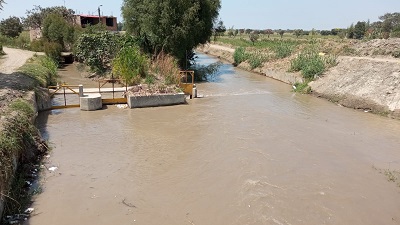
Farm entrance
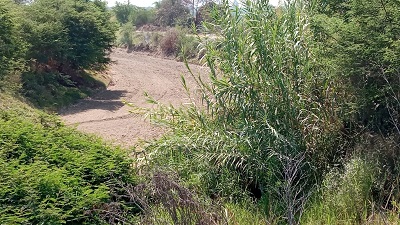
Nativa Cotton planatation
Morrope receives much of its scarce water from the Rio La Leche that bisects the archaeological and natural Pomac Sanctuary in the northwest corner of Perú. This is arguably the largest such archaeological park in the Americas, as the Pomac Sanctuary is situated in an immense carob tree forest stretching over some 50,000 hectares. Dozens of sun-dried brick pyramids rise above the thorny forest cover, home to many unique and nearly extinct or threatened bird and mammal species.
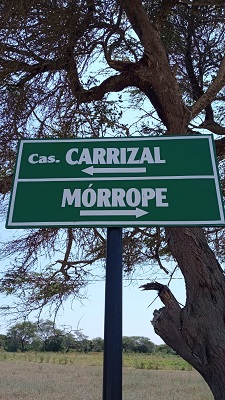
Orientation
This supine carob tree, Prosopis Pallida, is thought to be over 500 years old, one of dozens such venerable examples of the antiquity of this millennial forest sanctuary.

使用條款 | 隱私政策 | APLF 可持續發展